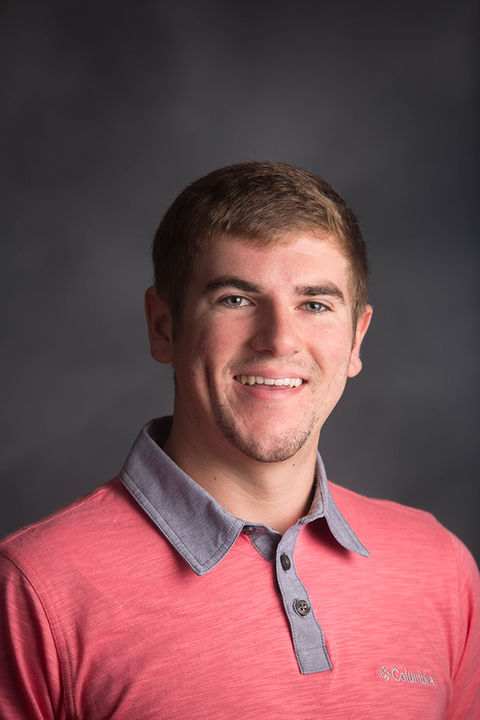Lady Tops benefitting from men’s basketball’s hottest trend
January 26, 2017
For the past couple of seasons, the preseason themes and talking points for the WKU men’s basketball program have been centered around a great deal of roster turnover and new faces. In each of the past two seasons, 10 first-year players joined the Hilltoppers at the start of the season. Half of those newcomers to this year’s and last year’s teams were the type of player that is becoming ever so popular in college basketball: transfer players from another school.
ESPN’s college basketball insider Jeff Goodman has been compiling a list of transfer players during every offseason for the past decade or so. What started as a mild trend has turned into a national wildfire as the list has grown from 200 names when it started to more than 700 now.
The “transfer epidemic”—as some coaches and critics call it— is no stranger to Bowling Green. The Hilltoppers have had their fair share of transfers in the past and present, all with an inherent uniqueness about their situation.
WKU has had the junior college transfer (Anton Waters, Gulf Coast State), the Power 5 conference transfer (Que Johnson, Washington State), the mid-year transfer (Jabari McGhee, Tennessee), the transfer who never played and transferred again (Phabian Glasco, Connors State College), the transfer who was later dismissed (Willie Carmichael, Tennessee and Fredrick Edmond, College of Southern Idaho) and the transfer who landed at his third school upon coming to the Hill (Aaron Cosby, Seton Hall/Illinois, Pancake Thomas, New Mexico/Hartford and Junior Lomomba, Cleveland State/Providence).
You may remember that point guard Patrick Sparks started his career as a Hilltopper from 2001-2003 before transferring and starring at Kentucky.
The first openly gay men’s basketball player and the only player in NCAA history to play in an NCAA tournament with three different schools, Derek Gordon, also began his career at WKU before moving on to Massachusetts and later, Seton Hall. Head coach Rick Stansbury even has two more transfers lined up next year in Moustapha Diagne (Northwest Florida Junior College) and Lamonte Bearden (Buffalo).
But what some people may not realize is that WKU women’s basketball head coach Michelle Clark-Heard and the Lady Tops are currently taking advantage of the very same trend on the other side of the sport. In a transfer market much lower than on the men’s side, Clark-Heard’s team has gotten a big boost this season from Kentucky transfers Kyvin Goodin-Rogers and Jaycee Coe.
“We’re very fortunate,” Clark-Heard said of the pair of upperclassmen transfers.
Given how uncommon it is for players to transfer on the women’s side to begin with, it is even rarer for players of both Goodin-Rogers’ and Coe’s caliber to move from a perennially ranked program like Kentucky to a non-Power 5 school like WKU. That speaks to the type of program Clark-Heard is building on the Hill in just her fifth year.
While she doesn’t necessarily recognize it as a trend or even as something that’s in her plans every year, Clark-Heard acknowledges the fact that being able to add transfers like Coe and Goodin-Rogers is a big reason why her team is currently tied for the lead in a highly competitive conference at just the right time of the year.
“Every situation’s different,” Clark-Heard said. “I think the landscape of it is changing. I don’t know to what degree it is on the women’s side, but it happens. I think you see it a lot more in men’s…with the fifth-year transfer thing.”
Much like any transfer situation, both Godin-Rogers and Coe had a unique route to WKU.
Coe is from nearby Gainesboro, Tennessee, and has family in Bowling Green. Clark-Heard credits Coe’s “understanding” of the program as one of the reasons she wound up here.
Goodin-Rogers was originally recruited by Clark-Heard when she was an assistant at Louisville, and said that the pre-established relationship is what helped her get Goodin-Rogers here.
Neither Goodin-Rogers nor Coe lead the Lady Tops in any major statistical category, but Clark-Heard is appreciative of the way both players fit into their roles.
Coe leads the team in three-point percentage, shooting the ball just under 38 percent from beyond the arc, and Goodin-Rogers has started all 11 games she’s played in, serving as a reliable wing player.
“For us, what we try to do is we try to make sure to look for a good fit,” Clark-Heard said. “We look for players that can perform at the level of what we’re trying to do here. We needed an unbelievable shooter and Jaycee’s not only an unbelievable shooter but she’s a great player and a great person who was a great fit for us.”
Call it what you want—an epidemic, a trend, a wildfire—but the constant movement of players across the country via transfer is real, and it has permeated into the women’s side of the Hill in a very positive way in 2017.













